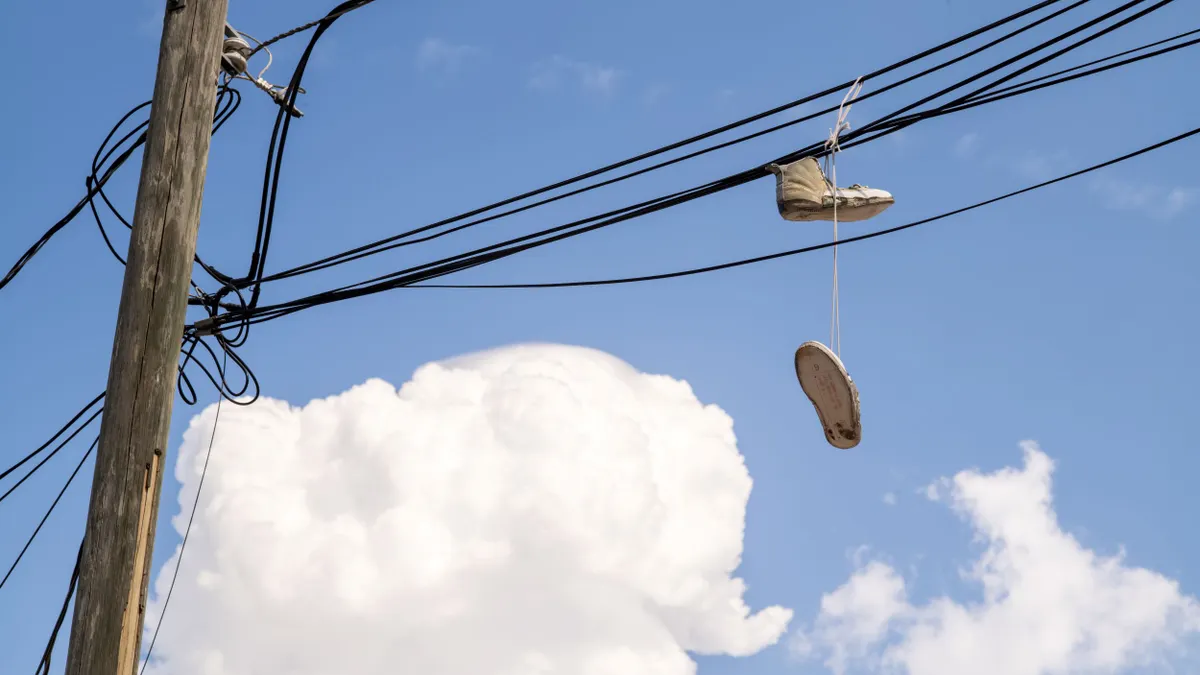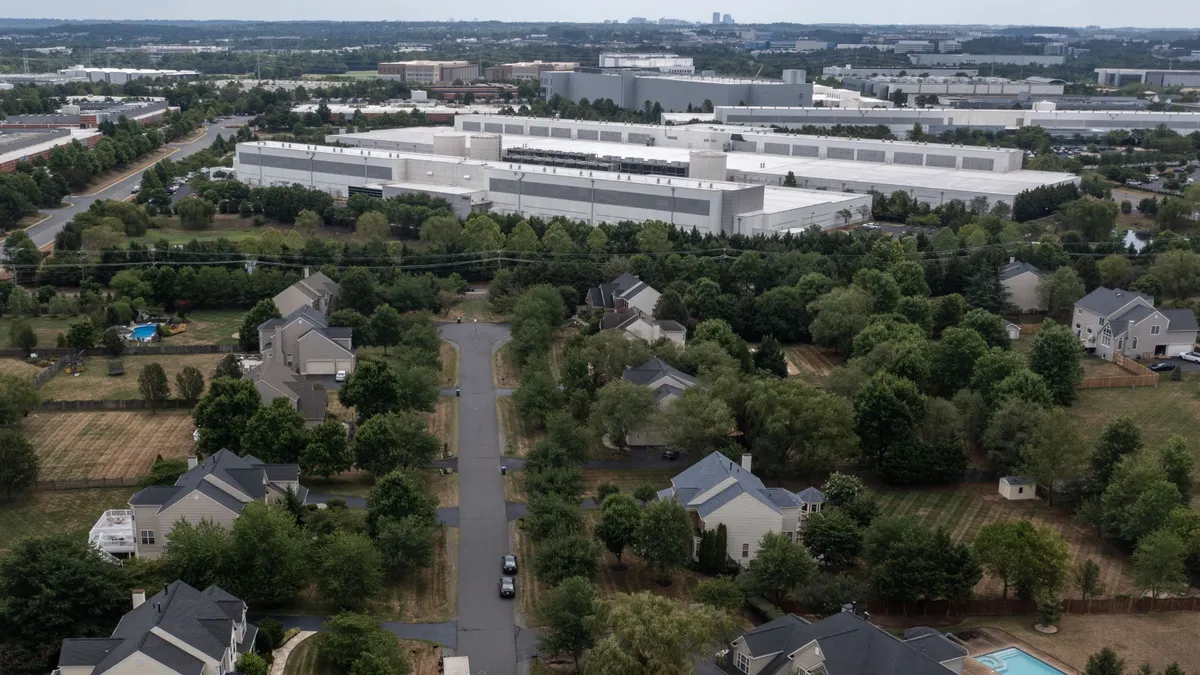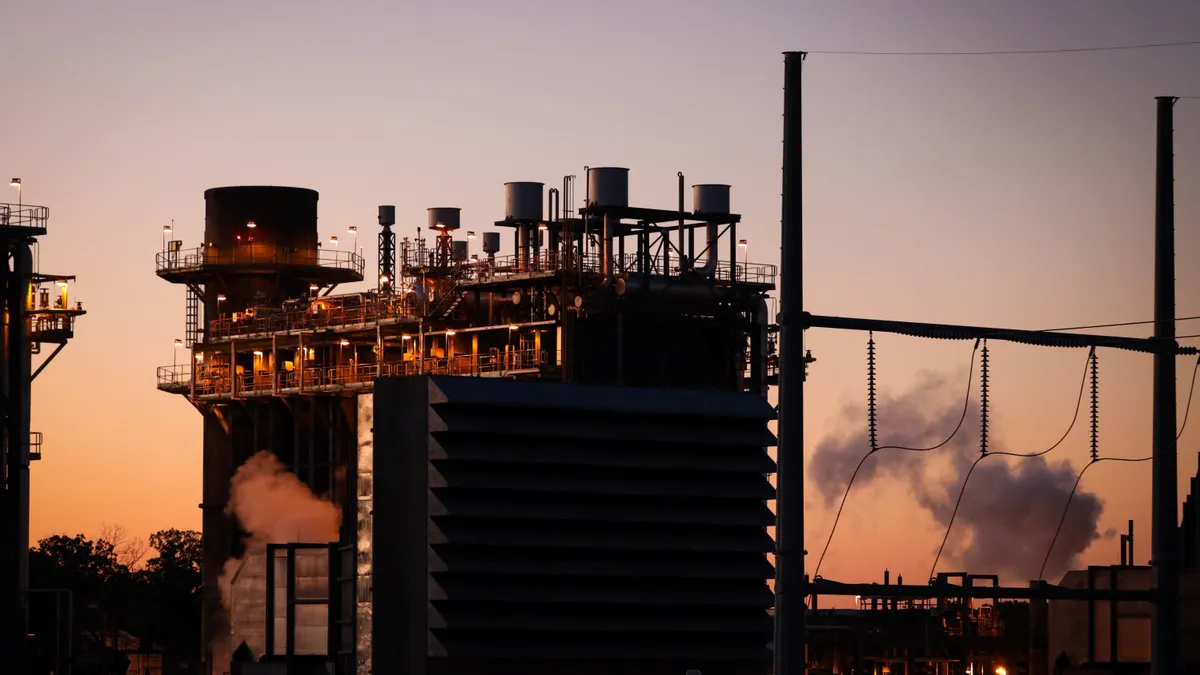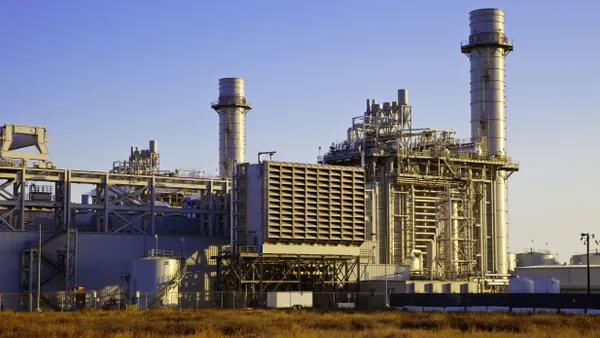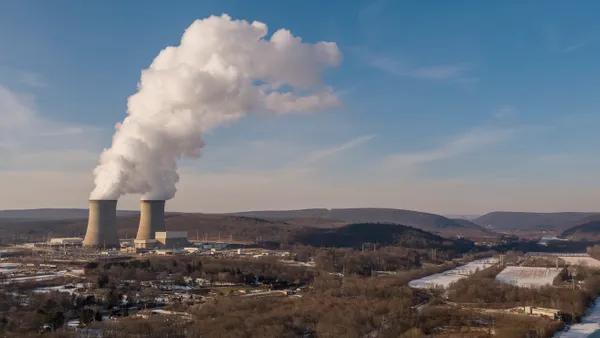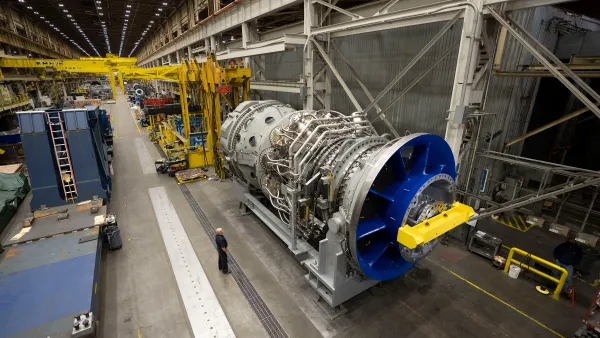Dive Brief:
- The retail price of electricity for residential customers was up 6.1% in August over the same month last year, reaching an average of 17.62 cents/kWh, according to the U.S. Energy Information Administration’s monthly update on electricity released Friday.
- Total net generation and retail sales were down slightly, by 0.8% and 0.5% respectively, which experts attributed to a mild summer in much of the eastern part of the country. Nationally, there were 9.1% fewer cooling days this August compared to August 2024, though parts of the West saw between 5% and 50% more.
- Natural gas prices were up 47.4% to just over $3/MMBtu, per Henry Hub, and natural gas consumption fell 5.6%.
Dive Insight:
Aaron Denman, who heads Bain & Company’s Americas utilities and renewables practice, said the reasons behind the rise in prices are complicated and nuanced, and vary depending on region.
“I think if you look at aggregate headline numbers, it’s hard to blame data centers for much of the increase, and I think part of that is just because it’s still such a small percentage of the overall load,” Denman said. “But I think when you get into specific regions, they’re so large, they’re so meaningful, that you can start to see some of that impact.”
He said Bain’s projections put data centers at about 40% to 60% of new load growth in the coming years, with manufacturing and electrification making up most of the remainder. He said the longterm fundamentals remain strong for load growth, despite some recent negative economic data. U.S. factory activity shrank in September for a seventh consecutive month, according to Bloomberg.
“This [much] load growth, this fast, is going to put upward pressure on residential prices,” Denman said. “We’re going to need to see creative solutions to minimize the impact on particularly residential customers.”
Impacts to residential customers are fast becoming a political concern among constituents who were promised by President Donald Trump during his campaign that he would cut energy and electricity prices in half within 12 months, said Heather Reams, president and CEO of Citizens for Responsible Energy Solutions, which describes itself as a right-of center non-profit.
She said the EIA data confirms what she has been hearing from voters and politicians alike.
“This isn’t a myth or fake news ... prices are indeed going up, and voters at some point are going to be asking, ‘Who’s responsible for this?’” Reams said.
Reams said permitting reform is desperately needed, but Republicans, in particular, are hesitant to take strong positions without a signal from the White House.
“The president really should be weighing in here if he wants to see things developed, built, meeting the challenges,” she said.
For Jorge Vargas, co-founder and CEO of solar developer Aspen Power, the EIA’s data confirms that the Trump administration’s actions targeting renewable energy are effecting prices. He pointed out that prices were up though less electricity was being generated and sold.
“I hate to be right about this, but it’s like they’re curtailing generation at a time where there’s a lot of demand, and consumers and businesses are going to be the ones who pay for this,” he said.
Vargas added that many other factors, including an aging grid and insufficient transmission, also play a role. He said the U.S. needs a predictable regulatory landscape and a diversified energy system to keep electricity affordable and reliable.
“These are 30-year assets,” he said. “These are critical infrastructure assets that should have a very stable regulatory framework governing them — unfortunately it isn’t.”



